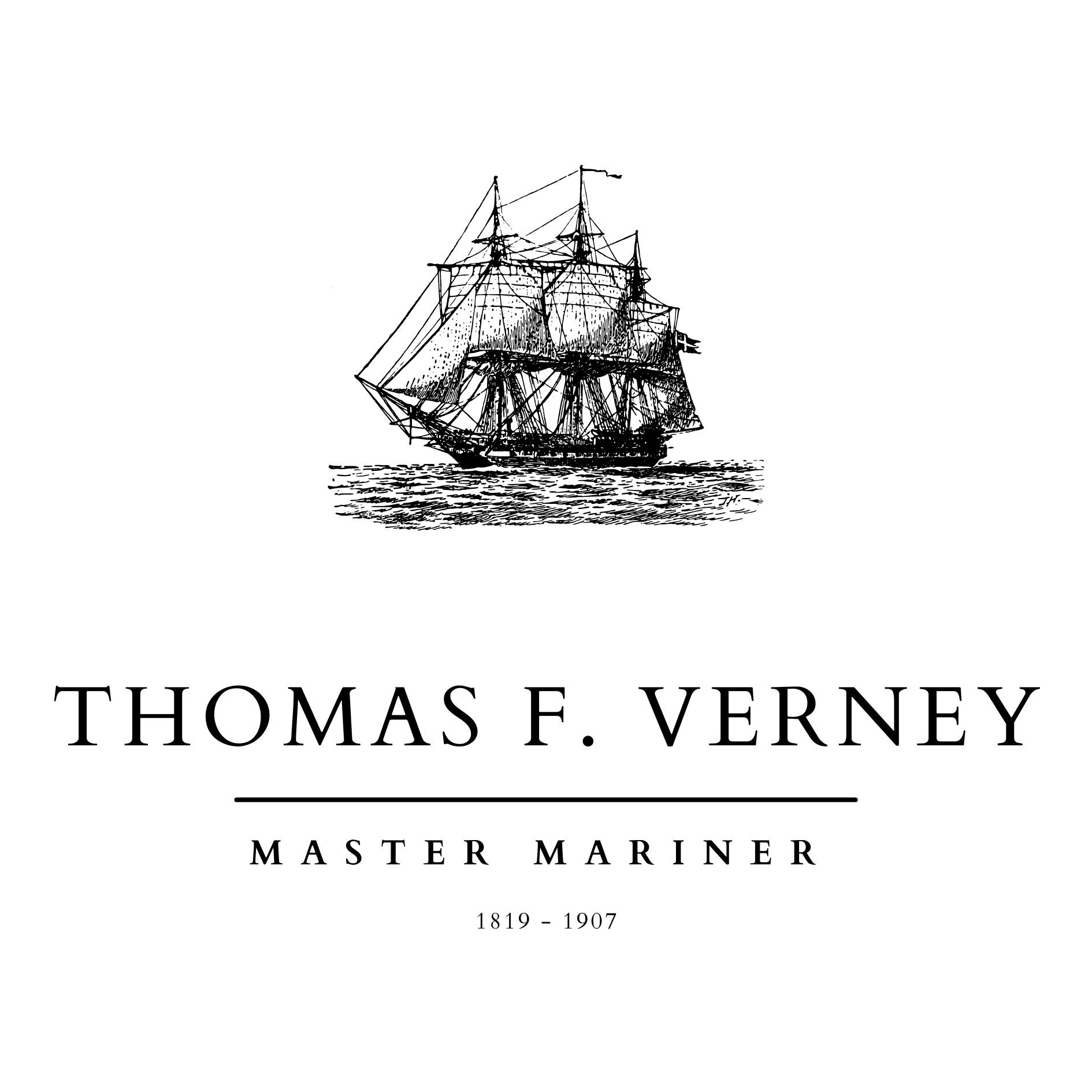Early Life
Thomas Fletcher Verney was born on the 10th of September 1819 in Wolford, Warwickshire, England. His parents were Richard and Susannah Verney (nee Fletcher).
Thomas was baptised on the 19th of September 1819 at St Michael and All Angels Church in the parish of Wolford, Warwickshire (the same church in which his parents were married).
According to parish records, he started out life as simply Fletcher Verney; however, all other records found to date show his name as either Thomas Fletcher Verney or Thomas Verney.


In the early 1820s, Thomas’ family moved to Stow-on-the-Wold, in Gloucestershire. This market town is part of the bucolic wool-producing district known as the Cotswolds. Thomas’ father Richard was a ‘cow leech’ (or veterinarian), and at Stow-on-the-Wold he set up a veterinary practice. As Stow-on-the-Wold was the Cotswolds’ major sheep-market, it is likely that Richard’s veterinary practice would have primarily treated livestock.
In the 1830s, the south-west of England was suffering from economic depression, as the centres of traditional woollen cloth production were replaced by the factory industry in the north.1 The south-west de-industrialised and lost population to the north or to emigration abroad as wages stagnated and unemployment rose.2 It is for this reason that Thomas may have been induced to join the Royal Navy: his father may not have had the means to apprentice his eldest son as a veterinarian. Or perhaps Thomas simply did not favour a career tending to the ailments of sheep and other livestock.
“Served in the Royal Navy on board HMS Winchester, flag ship of the Honourable Sir Thomas Bladen Capal on the East Indies Station from 1834 to 1838.”
‘What I Have Seen’, from the personal notebook of Thomas Fletcher Verney. Currently held by the State Library of New South Wales
In 1840, Thomas Verney arrived in Sydney, Australia as an apprentice on board a merchant ship3. It is possible he left the Royal Navy for the merchant service because the pay and conditions on board merchant vessels tended to be better.
“…at the expiration of [their] time they almost invariably left [the Royal Navy], having become seamen, and went into the merchant service, where they got higher wages…”
Royal Commission on Manning the Navy (1859): 194
Thomas Verney’s name does not appear on any crew lists until 1845 (when he was second officer on the Woodlark). This is likely because crew lists for ships arriving in New South Wales were not regularly kept until 1854 onwards.
Marriage
On the 24th of March 1845, Thomas married Elizabeth King at St. Philips Anglican Church on York Street, Sydney. Elizabeth was the daughter of Charles King, a former convict who had been transported to Sydney on board the ship Fortune in 1812. He was allocated to Captain John Piper (of Point Piper), and worked as a waterman. He received an absolute pardon in 1818.
Thomas and Elizabeth were married for an impressive 62 years. From what little evidence is available, it appears that their marriage was a happy one. At numerous points in the logbook of the barque Meteor (1866-1868) Thomas indicates how much he misses his ‘dear wife.’

From the collections of the State Library of New South Wales [a283013 / PXA 972, f 12]
Captain Thomas Verney lived in Newcastle in 1887, when his second daughter, Agnes Jane, married George Galton.

- Gregory Clark. The British Industrial Revolution: 1760-1860 (2005): 2 ↩︎
- Ibid ↩︎
- “Beyond the Veil CAPTAIN THOMAS F. VERNEY.” Nepean Times (Penrith, NSW : 1882 – 1962) 27 July 1907: 3 ↩︎
